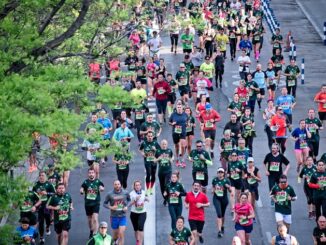The U.S. Department of Health and Human Services Healthy People 2030 plan sets a national objective to increase youth sports participation from 50% to 63% over the next five years. For adolescents, staying active offers benefits to their overall health and their social and academic lives. However, the number of youths participating in physical activity and sports is on the decline. While participation gaps based on single social identities are well-studied, little research has examined adolescents’ multiple, intersecting marginalized social identities.
This article was originally published on MedicalXpress.com




